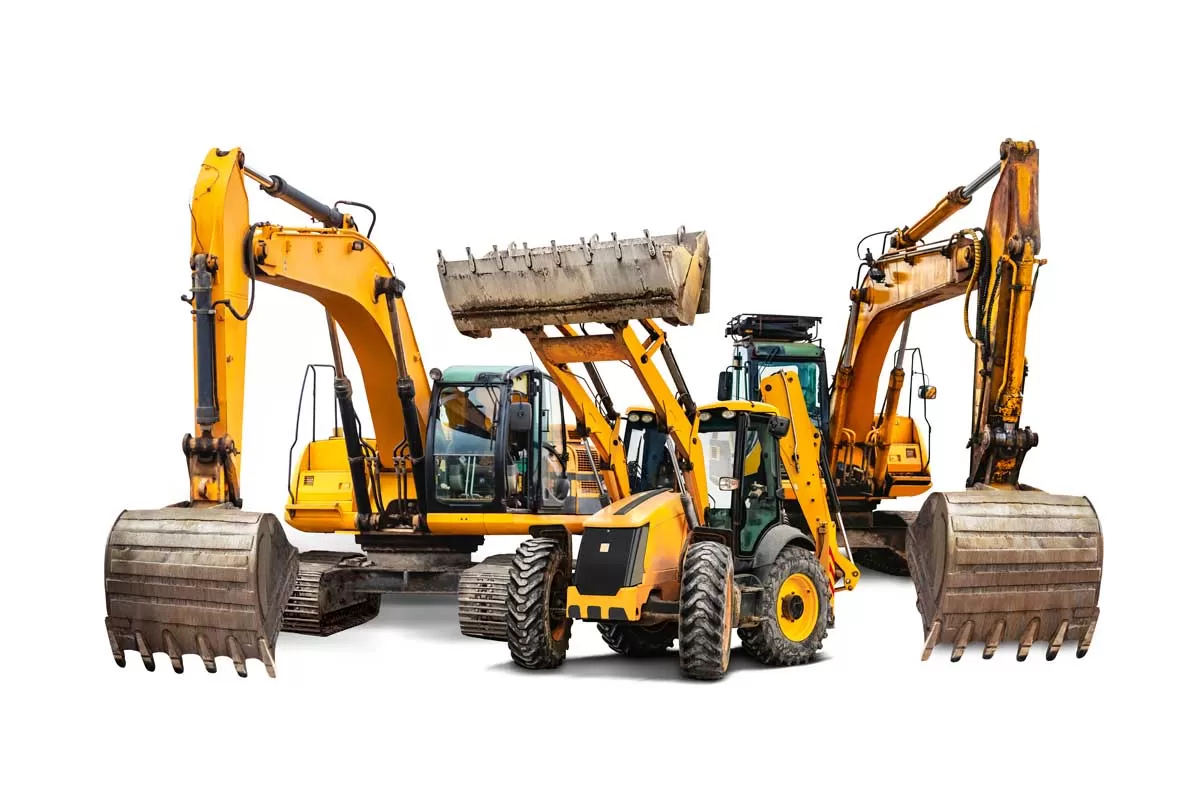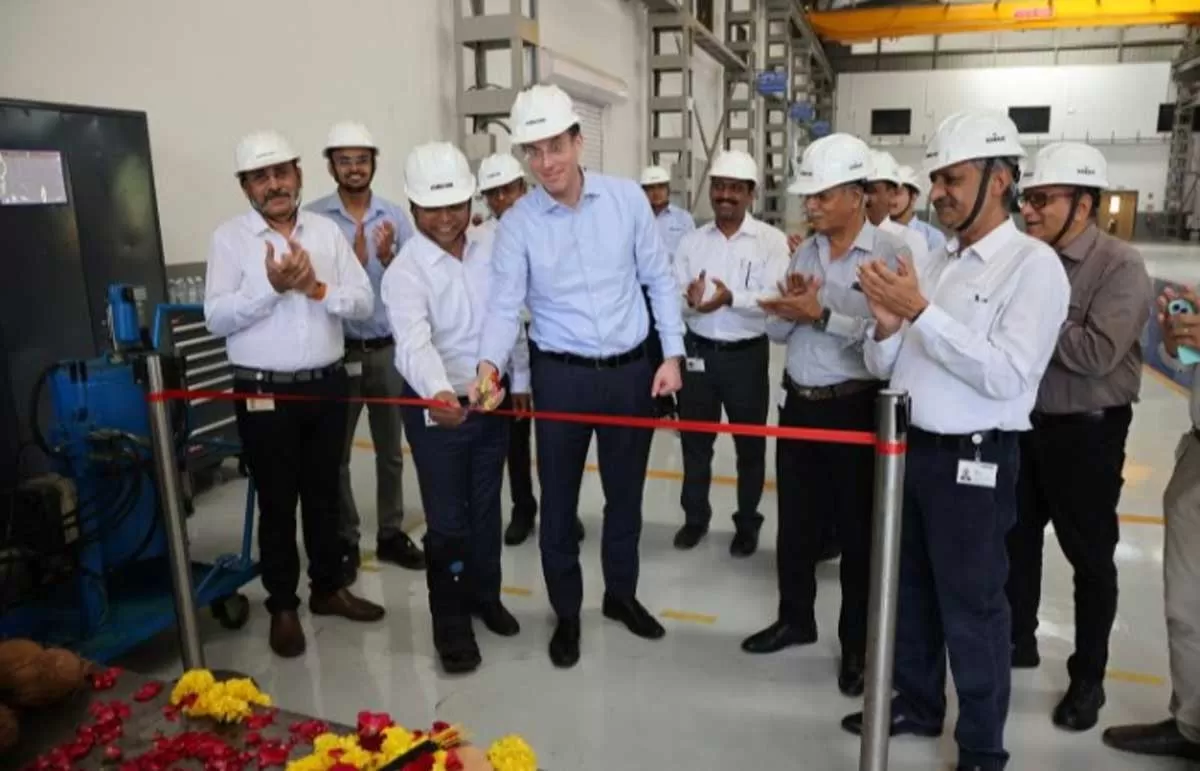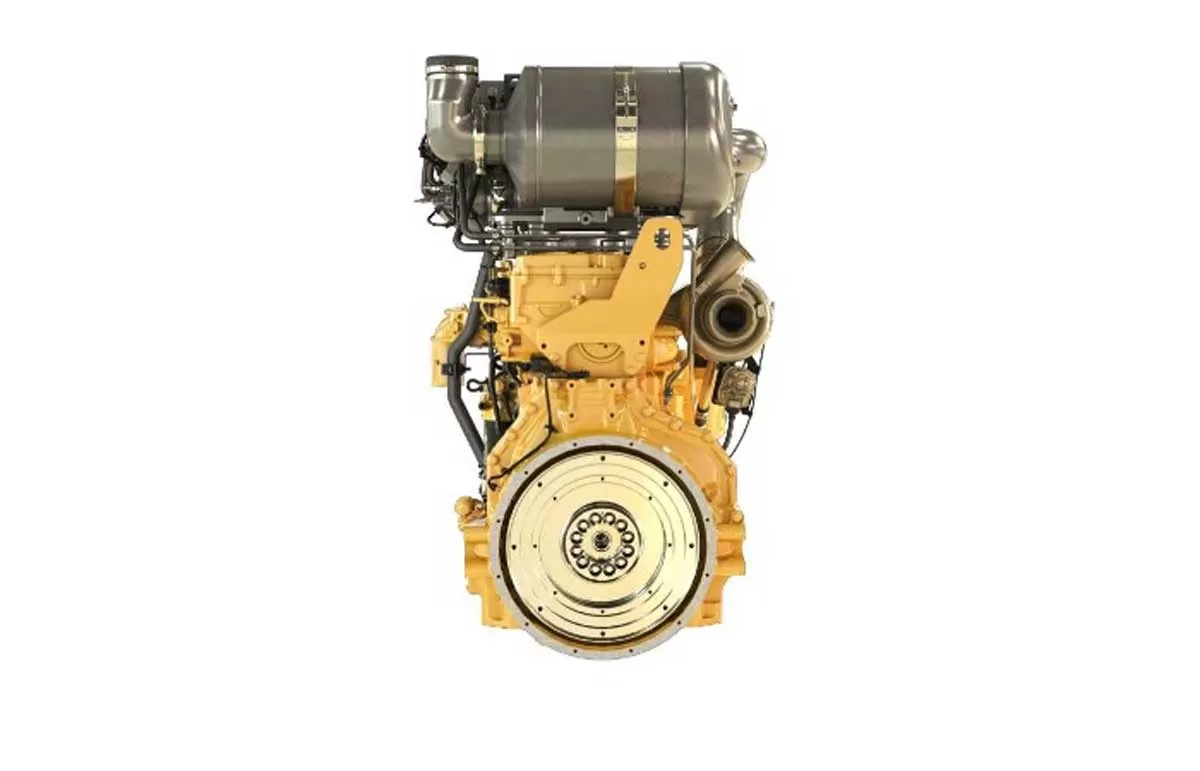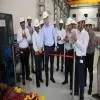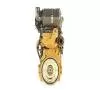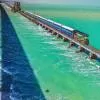Heavy equipment buy or rent decisions traditionally used to be based on the duration of the need, with rental contracts being favoured over outright purchases only in long-term projects. Arjunkumar N Pachani, Founder, Migoo, a construction equipment rental company, says “The concept of owning equipment became popular decades ago when India didn’t have sufficient construction equipment, and funding agencies such as the World Bank and Asian Development Bank wanted to be certain that the contractor being awarded a project had the equipment needed to implement it.”A lot has changed since then. “India now has a lot of EOMs offering equipment as well as homegrown brands, and no shortage,” continues Pachani. In the present scenario, he says it makes financial sense for a contractor to rent instead of own a lot of equipment. In fact, he says, “a contractor is actually a service provider, making use of rented equipment as is needed.”CW identifies the key advantages of renting over buying.Eliminate compliance headachesOne of the key advantages of renting over buying is the ability to outsource the compliance headache.“Compliance is now a concern for construction companies, which can be eliminated by using the services of certified employees provided by rental companies,” says Pachani.Pachani cited the example of SCC Infrastructure needing three concrete boom pumps for six months to work on a project falling under the Mumbai-Ahmedabad high-speed rail corridor. They opted to rent these boom pumps instead of buying them.“They opted for a package that included the boom pumps (Ajax make boom placer model A30ZX), a certified driver and an operator,” says Pachani. “Certification covered the licence of the driver and the ability of the operator.”To ensure optimal performance of the rented equipment, Pachani provides equipment that is “0 to 5 years old,” he says, “and covers the maintenance for the rental period.” Focus on your core areaOne of Express Equipment Rental & Logistics’ major projects involved dismantling and replacing the kiln shell along with plant expansion for a prominent cement company in India. “Initially, the client contemplated investing in cranes and material handling equipment for the three-year project but after a thorough cost-benefit analysis, they found that renting would offer significant advantages,” says Karan Gandhi, Executive Director, Express Equipment Rental & Logistics.Gandhi explains the math behind this decision:Purchasing the equipment would have cost approximately Rs 7 crore, including taxes, which was substantially higher than the Rs 3.96 crore rental cost over three years—at about Rs 11 lakh per month. Also, the rental agreement came with complete maintenance support, eliminating the maintenance and repair expenses associated with owning heavy machinery, estimated to be about Rs 2-3 lakhs per month. Combining logistics services further sweetened the deal. The timely delivery and pick-up of heavy equipment significantly reduces the cost and challenges associated with transportation and storage.“Saving the capital cost enabled the client to reallocate their funds to other critical areas of the project, such as workforce expansion and quality materials,” says Gandhi. “Besides, renting provided the flexibility to choose the most suitable cranes and equipment, featuring the latest technology, for different construction phases, thereby improving both efficiency and safety.”Gandhi points out that the industry is moving towards focusing on core operations, to successfully complete projects on time and within the allocated budget, and reduce the renting company’s tax burden because rental payments are classified as business expenses.Outsource micro-management challengesArcelor Mittal Nippon Steel rented out 20 excavators in 2022, which are still in use and expected to be deployed until 2027 for a steel plant capacity expansion project at Hazira, according to Raj Saliya, CEO, Raj Construction, the heavy equipment rental company servicing this need. “These were mostly the Tata Hitachi 200 model but also a few smaller and bigger excavators for special needs—the Tata Hitachi TMX 20 and Tata Hitachi 70, which work well in confined areas; the JCB 140, which is a best-in-class 14-ton excavator; the Tata Hitachi 350 for heavy soil lifting and a few long reach excavators with custom-made long boom and stick attachments for deep foundation and piling work,” says Saliya.Despite needing the equipment for such a long project duration, Saliya says that the company (AM/NS) preferred to rent out the excavators because of the challenges associated with micro-managing the operations and maintenance of heavy machinery and the people operating them. “It is much easier to rent out the equipment with a driver and operator, with maintenance also included in the package,” he said. “They basically tell us what they expect from the operator over a 10-hour shift and we monitor the operations. We don’t need to get involved as long as the work is accomplished as desired. The challenge associated with skilled operators is the lack of a formal way to certify them. This is something the industry still has to work out. Also, there is a lack of experienced mechanics in the industry, and there is also no specific standard way to certify them either. Keeping an excavator in its best shape requires a set of skilled mechanics in hydraulics, engines, welders, etc. We have a full team to service our fleet, which acts as the backbone of our business by ensuring we provide the best-maintained excavators available in the market.”Coming to the math, Saliya says that companies like AM/NS have a policy of outsourcing their heavy equipment needs even for day-to-day operations, not only for expansion projects. An excavator from one of these brands, say Tata Hitachi, would cost about Rs 60 lakhs on road, and an operator’s salary would be about Rs 25,000 a month, maintenance up to about Rs 15,000, plus of course they would incur the cost of a maintenance team. In contrast, they could hire the Tata Hitachi 200 for Rs 170,000 a month. An excavator’s life is roughly five years; the rest depends on how well it is maintained.Buy or rent: Understand the math behind this pivotal decisionBuy or rent decisions are based on various equipment parameters such as its type, life, maintenance cost and operation cost; the period the equipment is needed; the use of the equipment after this period ends; the decision-making organisation’s future business plan, and the risk involved in operation and maintenance, says Pramod B Joshi, Additional General Manager (P&M Head, All India), Ahluwalia Contracts India. “It is customary for the company renting out the equipment to provide an operator.”Usually, equipment like piling rigs, vibro-hammers, skid steer loaders, dumpers, transit mixers and excavators are taken on rent, says Joshi. “Equipment such as backhoe loaders, hydras, batching plants, tower cranes, concrete pumps, hot mix plants, motor graders, pavers and soil compactors are normally bought.”Coming to the math, “the monthly rental of any construction equipment is usually 3-4 per cent of its value, the idea is to recover the equipment cost within three to five years depending on the type of equipment,” says Joshi.Quick BytesRenting - eliminates compliance hassles- saves capital costs.- offers flexibility to choose advanced cranes and equipment for each construction phase, enhancing efficiency and safetyQuotesCompliance concerns can be eliminated by using the services of certified employees provided by rental companies. - Arjunkumar N Pachani, Founder, MigooThe industry is moving towards focusing on core operations to successfully complete projects. - Karan Gandhi, Executive Director, Express Equipment Rental & Logistics Renters tell us what they expect from the operator over a 10-hour shift and we monitor the operations. - Raj Saliya, CEO, Raj Construction The monthly rental of any construction equipment is usually 3-4 per cent of its value. - Pramod B Joshi, Additional General Manager (P&M Head, All India), Ahluwalia Contracts India
